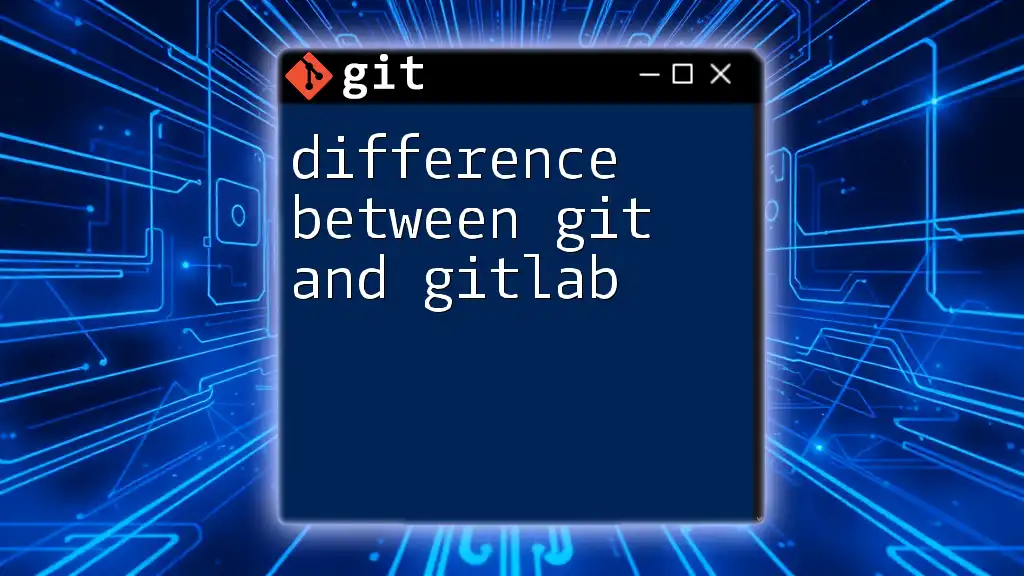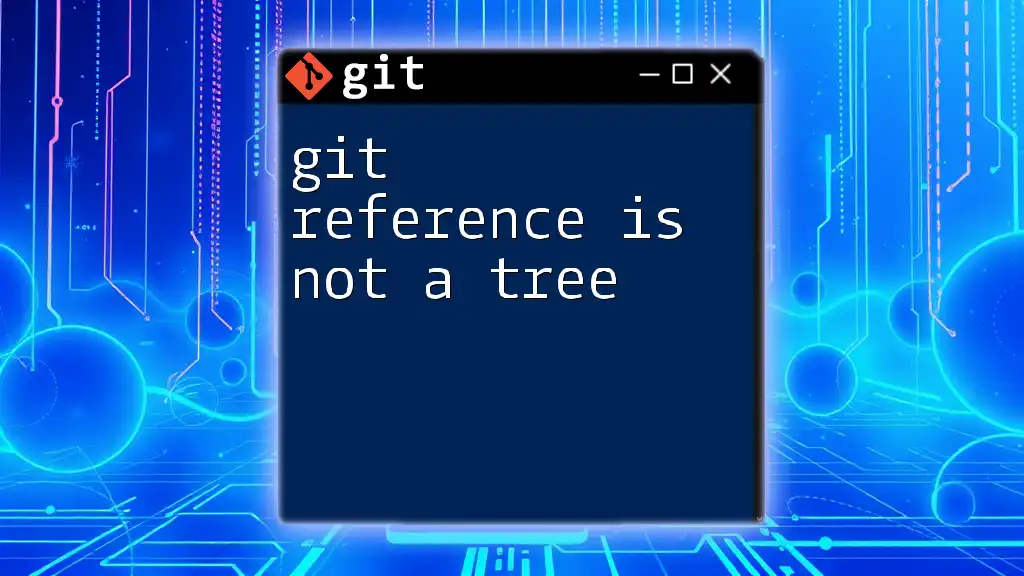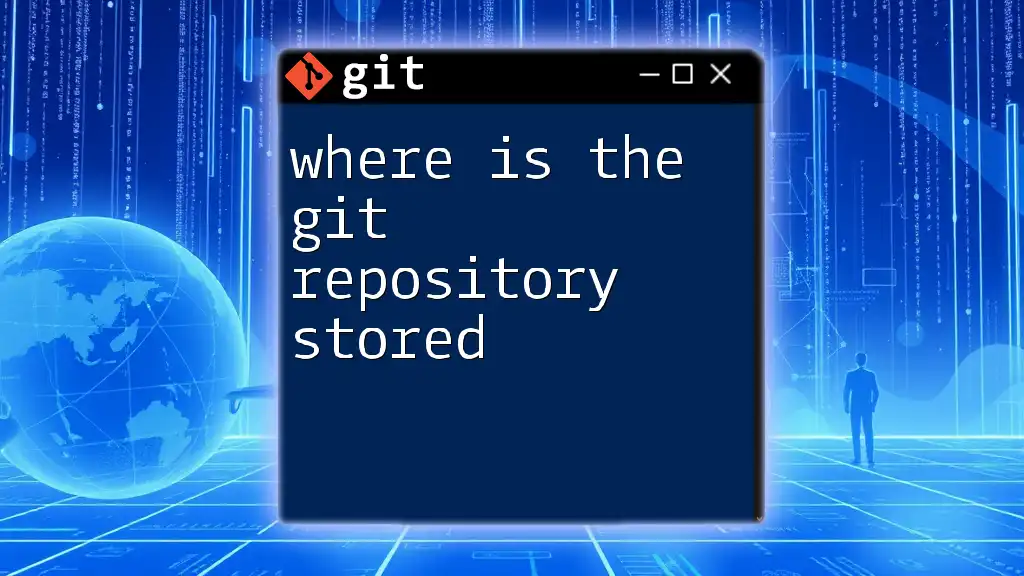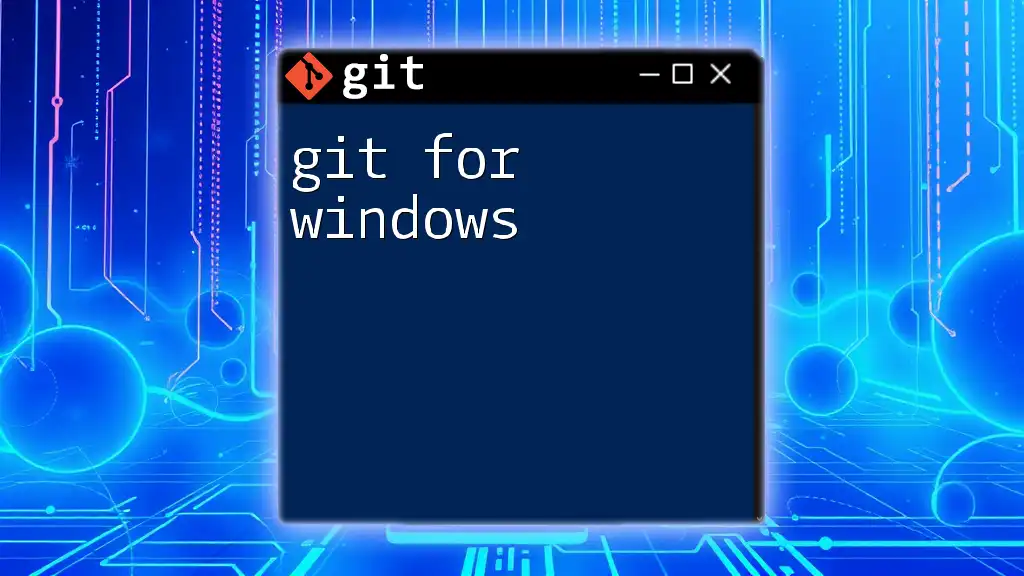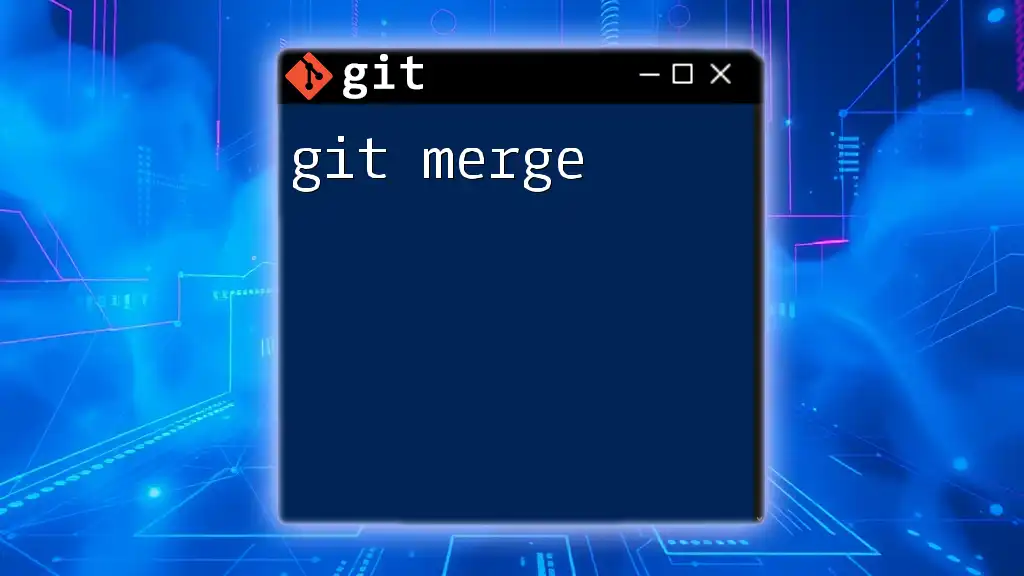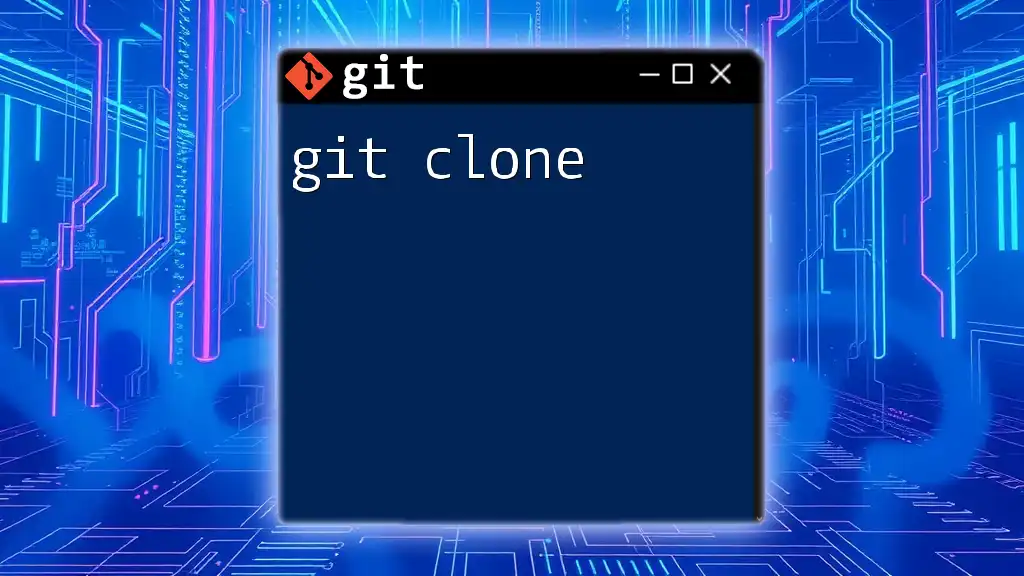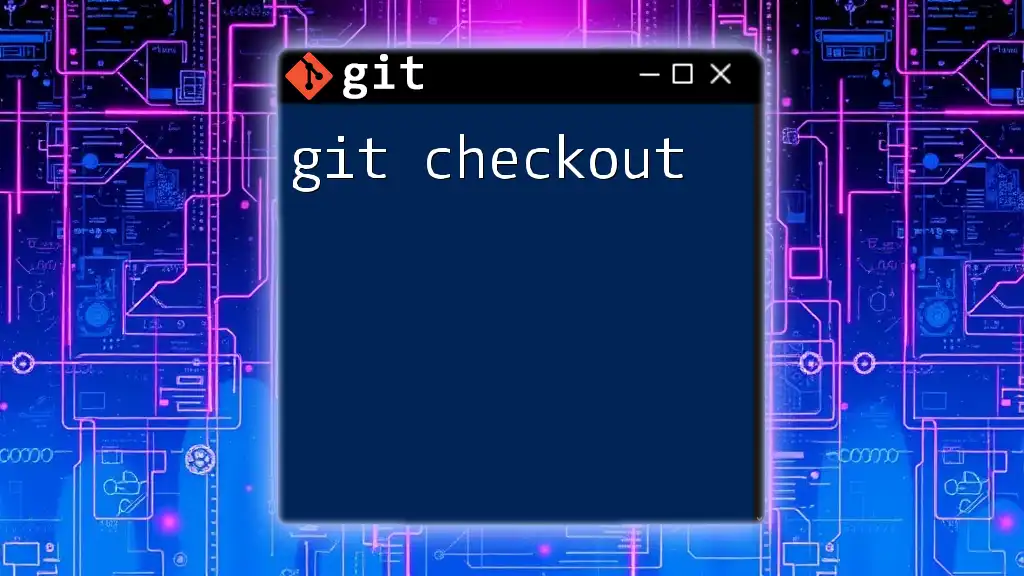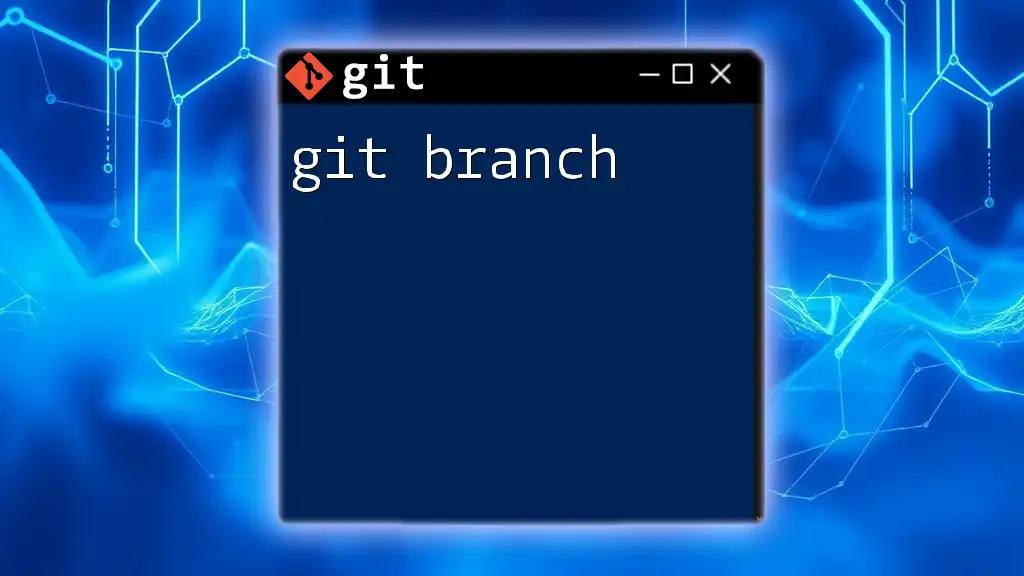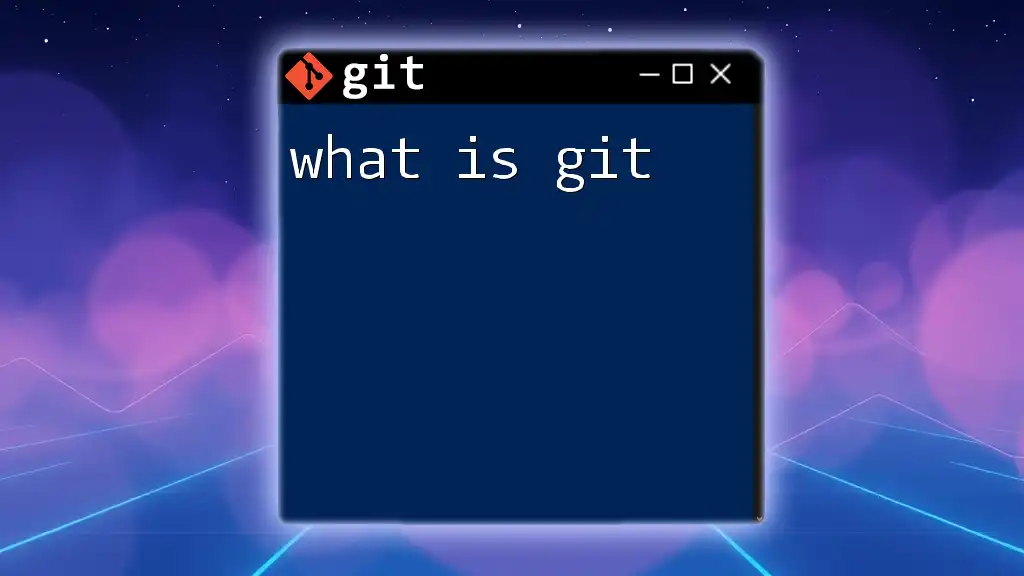Git is a version control system used for tracking changes in code, while GitLab is a web-based DevOps platform that provides a Git repository manager along with features for code collaboration, continuous integration, and project management.
Here’s a simple example of how to initialize a new Git repository:
git init my-repo
What is Git?
Definition of Git
Git is a distributed version control system designed to handle everything from small to very large projects efficiently. At its core, Git enables multiple developers to work on a single project simultaneously without disrupting each other's progress. This is crucial in modern software development where collaboration is key.
Key Features of Git
-
Distributed Version Control: Unlike centralized systems, Git allows every user to have a complete copy of the repository, ensuring that they can work independently. This model enhances collaboration and reduces the risk of data loss.
-
Branching and Merging: Git’s branching capabilities allow developers to create independent lines of development. They can work on features in separate branches, and once complete, merge them back into the main branch, making it easy to manage new features without affecting the stable codebase.
-
Data Integrity: Every change made in a Git repository is checksummed, ensuring the integrity of project history. This feature protects against corruption and unwanted alterations.
Example of Git Commands
To illustrate the basic functionality, here are some commonly used Git commands:
# Initialize a new Git repository
git init
# Add changes to staging area
git add .
# Commit changes
git commit -m "Initial commit"
These commands showcase how easy it is to start tracking changes in a project.
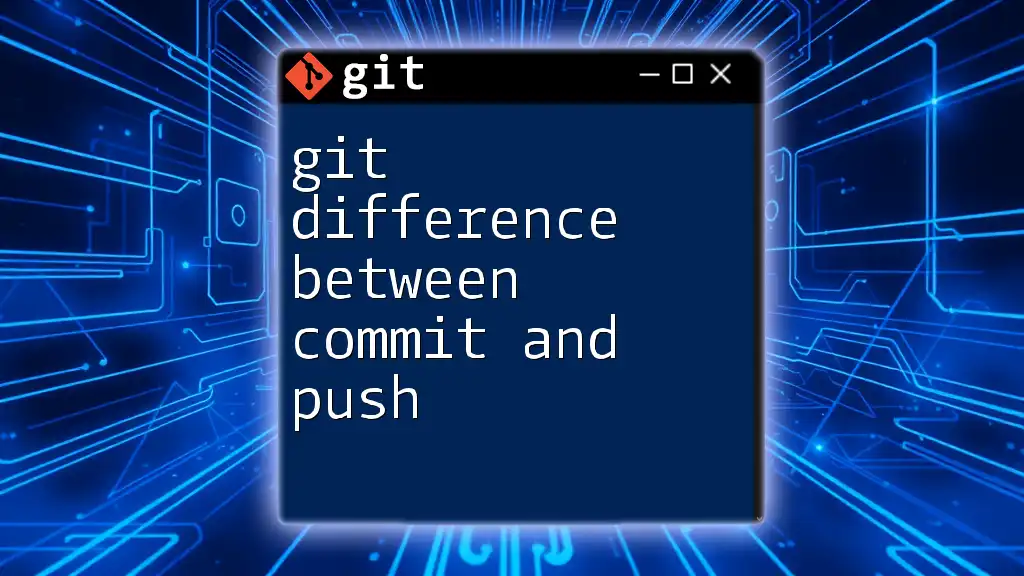
What is GitLab?
Definition of GitLab
GitLab is a web-based DevOps lifecycle tool that provides a repository management service. It is designed for version control and source code management (SCM), using Git as its underlying technology. GitLab offers a comprehensive platform for collaboration, project management, and CI/CD, making it a powerful tool beyond just hosting Git repositories.
Key Features of GitLab
-
Repository Management: With GitLab, teams can easily create, manage, and maintain repositories. GitLab provides a user-friendly interface for organizing projects, enabling quick navigability and management of repositories directly from the web.
-
Continuous Integration/Continuous Deployment (CI/CD): GitLab offers built-in CI/CD capabilities that automate the software development lifecycle. From testing to deployment, teams can streamline their workflow, reducing manual overhead and increasing efficiency.
-
Collaboration Tools: GitLab enhances team collaboration through features like issues, merge requests, and code reviews. These tools allow for streamlined communication and feedback within teams, ensuring that everyone is aligned.
Example of GitLab Features
GitLab’s interface allows users to manage their projects efficiently. For example, creating a new repository can be completed in just a few clicks, and teams can leverage the issue tracker to manage tasks and bugs seamlessly.
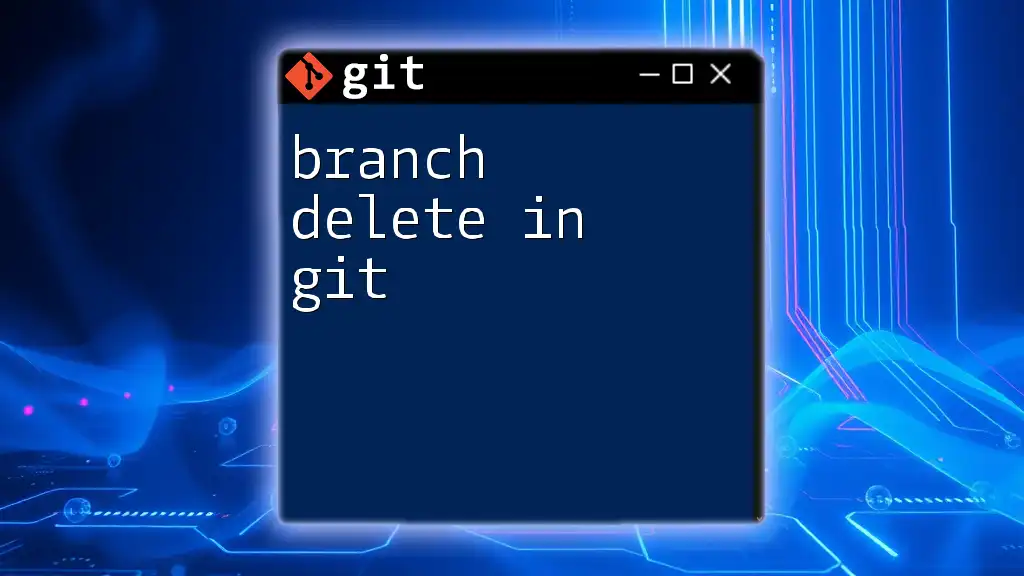
Key Differences between Git and GitLab
Functionality
Git serves primarily as a command-line tool for local development and version control, where developers track changes in their local environment. In contrast, GitLab operates as a comprehensive platform that not only hosts Git repositories but also incorporates project management and collaboration features.
Usage Scenarios
When determining when to use Git, consider local development where individual changes need to be tracked. It’s ideal for managing code bases and working in parallel without interference.
Conversely, when to use GitLab is best suited for collaborative projects where team members are working together towards a common goal, especially when CI/CD pipelines are utilized to streamline development processes.
Examples of Workflows
-
Basic Git Workflow: A typical workflow may involve cloning a repository, making changes on different branches, and merging those changes back into the main branch before deploying the updated code.
-
Advanced GitLab Workflow: In GitLab, a workflow might include creating a merge request after completing a feature, where team members can review the code and offer feedback in a collaborative environment before the changes are merged.
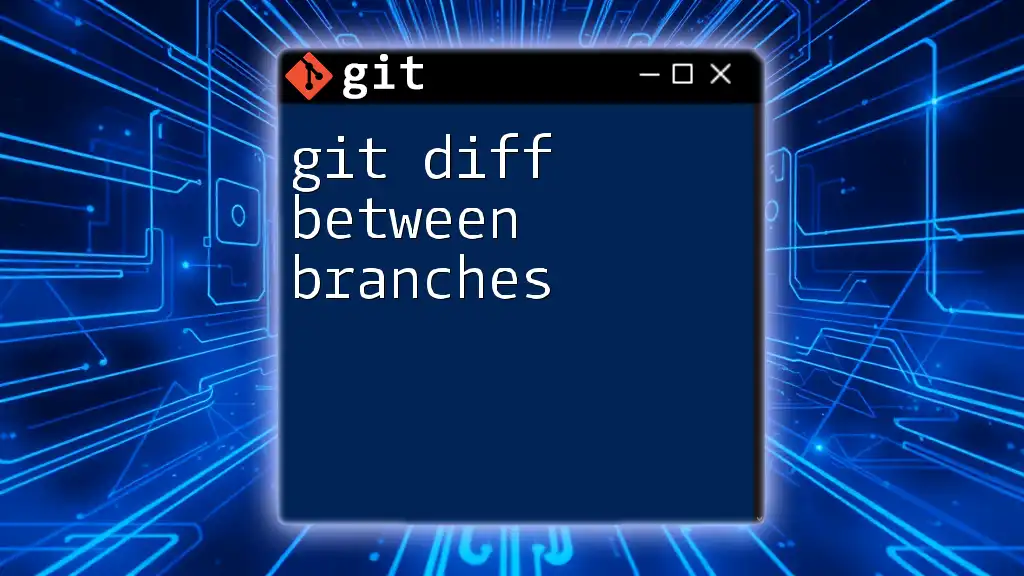
Integration of Git and GitLab
Using Git with GitLab
Git and GitLab work hand-in-hand. GitLab serves as the remote repository that hosts your code, while Git is the tool you use to manage your local development. This synergy enhances both individual and team productivity.
Example of Integration Commands
Here is how you can connect your local Git environment with GitLab:
# Adding GitLab as a remote repository
git remote add origin <GitLab-repo-URL>
# Pushing changes to GitLab
git push -u origin master
These commands facilitate the consistent updating of your online GitLab repository with your local changes, ensuring that your team is always working with the most current code.
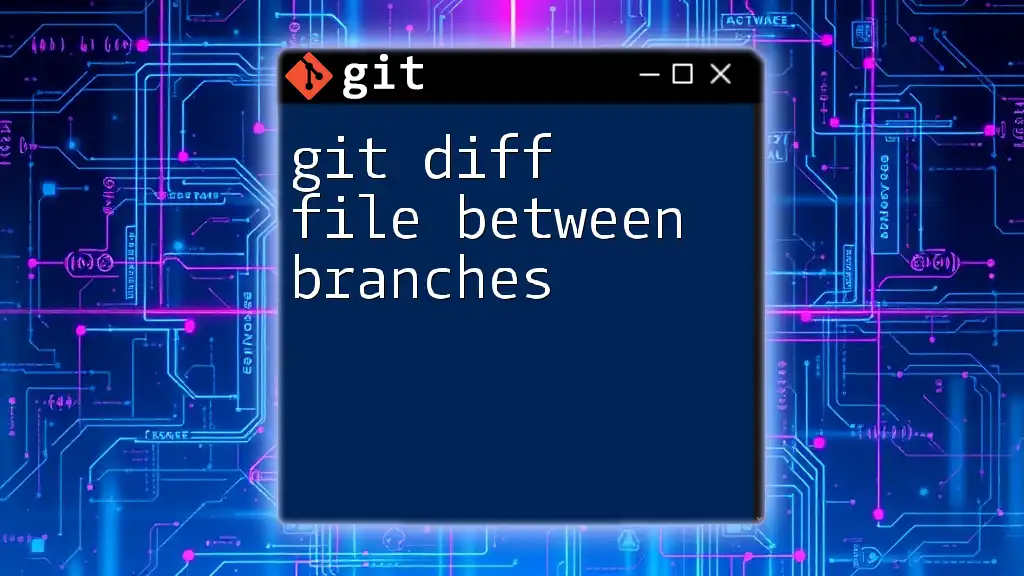
Conclusion
Understanding the difference between Git and GitLab is crucial for developers wishing to make the most of their workflows. While Git stands as a powerful version control tool, GitLab enhances that functionality with its collaborative features and CI/CD capabilities. By leveraging both tools effectively, developers can ensure smoother processes, clearer communication, and enhanced project management.
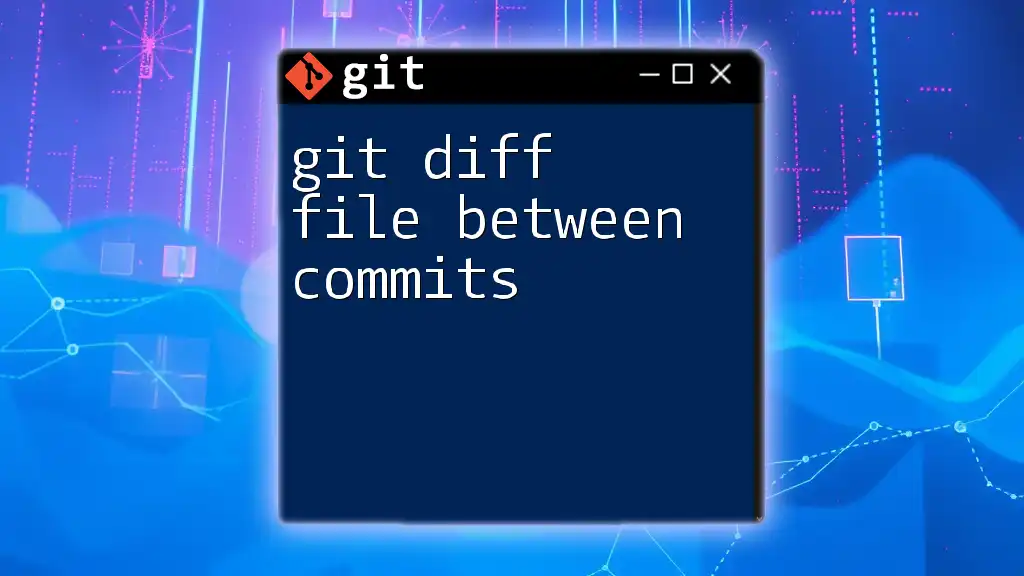
Additional Resources
For further learning, consider exploring the official documentation of Git and GitLab. Additionally, there are numerous courses available online that can provide in-depth training on version control and collaborative development techniques.
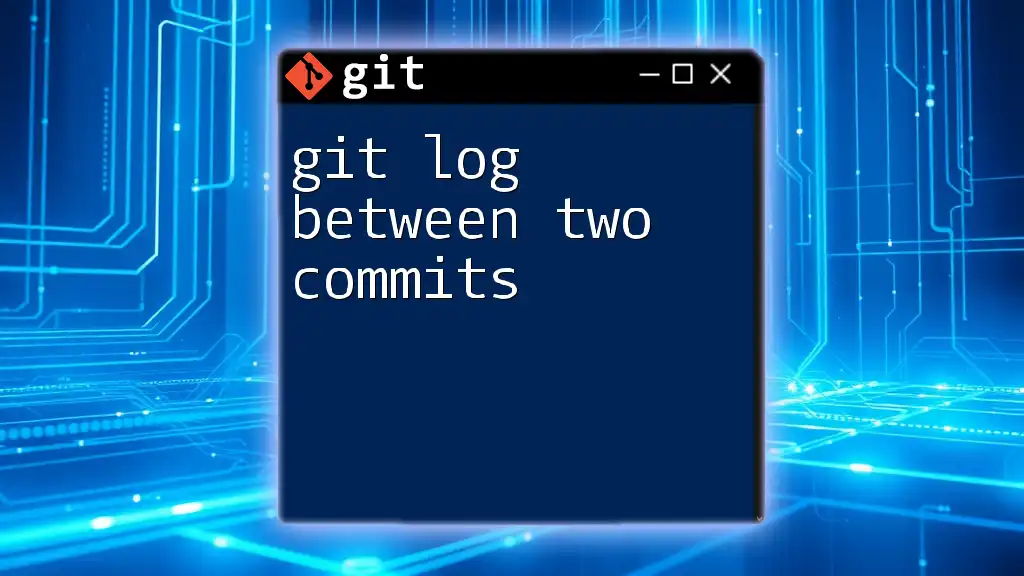
Call to Action
To elevate your coding skills, consider signing up for our training sessions focused on Git commands. Stay tuned to our blog for more insights into effective version control practices and collaboration tools tailored to developers.

